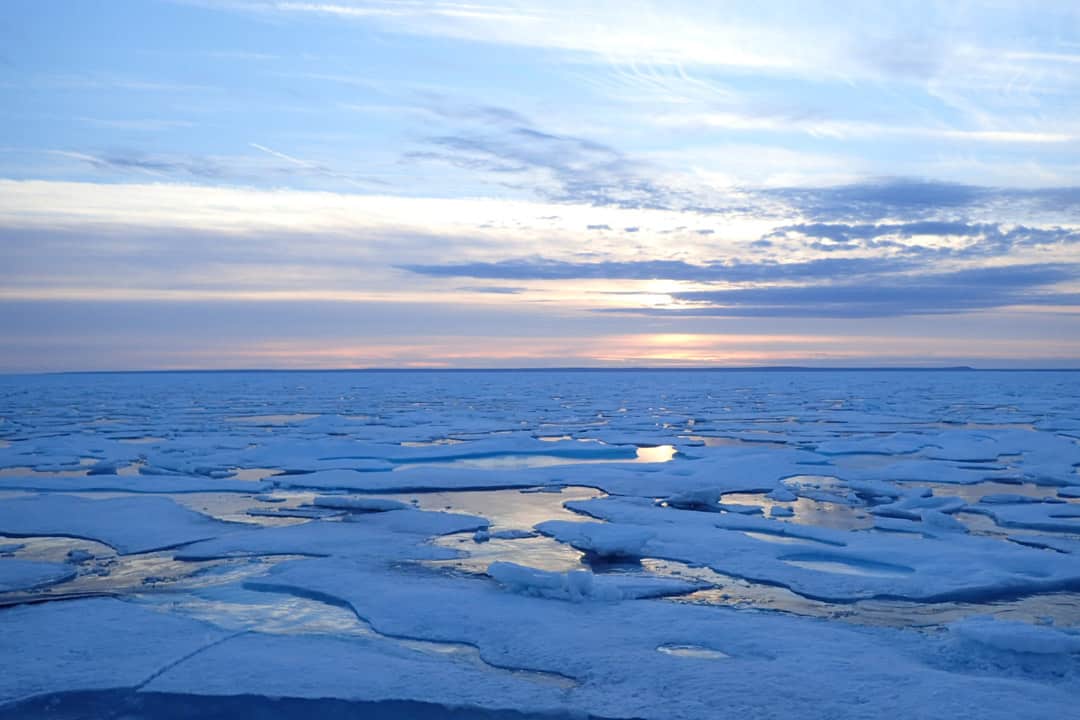Each spring in the Arctic, haze blankets the atmosphere. The particles that make up this ‘Arctic haze’ are known as aerosols and have wide-ranging effects on health and climate.
Dr. Megan Willis, a former postdoctoral fellow at U of T, recently published an article in the Reviews of Geophysics about the threats that atmospheric aerosols pose to the environment.
“We have learned a lot about Arctic aerosol in the last 10 to 15 years, and I think we have identified some of the important gaps in our knowledge,” Willis said in an email to The Varsity. “If we want to have a good understanding of how our climate will change in response to greenhouse gases we need to understand what aerosol does to the climate.”
What are atmospheric aerosols?
Aerosols are liquid and solid particles that are less than 1/75th the width of a human hair and largely originate from from Canadian, European, and Russian cities.
Long-distance transport of spring aerosols to the Arctic occurs through tropospheric currents transporting air from Eurasia to North America, though the permeable Arctic front seldom experiences the removal processes such as rain and snow. During transport, the chemicals mix, some are removed, and the smallest form clouds.
These aerosols are mainly composed of sulfates, black carbon, organic carbon, mineral dust, volcanic sulfur, and suspended sea salt. The first three originate largely from anthropogenic sources.
The accumulation of atmospheric aerosols in the Arctic will have long-term consequences. For example, the expansion of the oil and gas industry into the Arctic will release black carbon, which is known to cause a warming effect. Climate change has also resulted in the loss of sea ice in the Arctic, and this increases the presence of aerosol precursors.
By contrast, increased shipping activity is known to emit climate-cooling aerosols, and a decrease in shipping travel distance is said to reduce carbon emissions.
What is being done to reduce atmospheric aerosols?
According to Willis, groups like the International Arctic Science Committee and the Arctic Monitoring and Assessment Program provide international communities with opportunities to assess Arctic aerosol and other forms of pollution.
“We don’t know enough about how aerosol impacts the global climate system to be sure about what the effect would be of, for example, [releasing] aerosol into the stratosphere with the hope of offsetting greenhouse gas warming,” Willis wrote. “Such measures could have very undesirable consequences on precipitation patterns.”
Willis, who previously researched atmospheric aerosols in the Abbatt Group in U of T’s Department of Chemistry, continues to research natural and anthropogenic aerosol in the Arctic.
“Some examples [of remaining open questions] include how emissions of gas-phase organic compounds contribute to Arctic aerosol and how these might change with decreasing sea ice, and how aerosol emitted locally in the Arctic under cold and dark conditions is chemically processed and removed,” wrote Willis.


